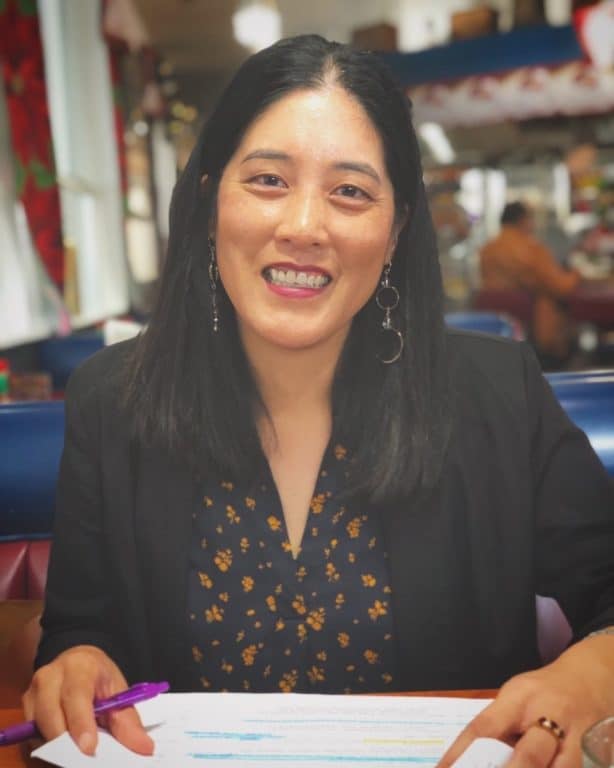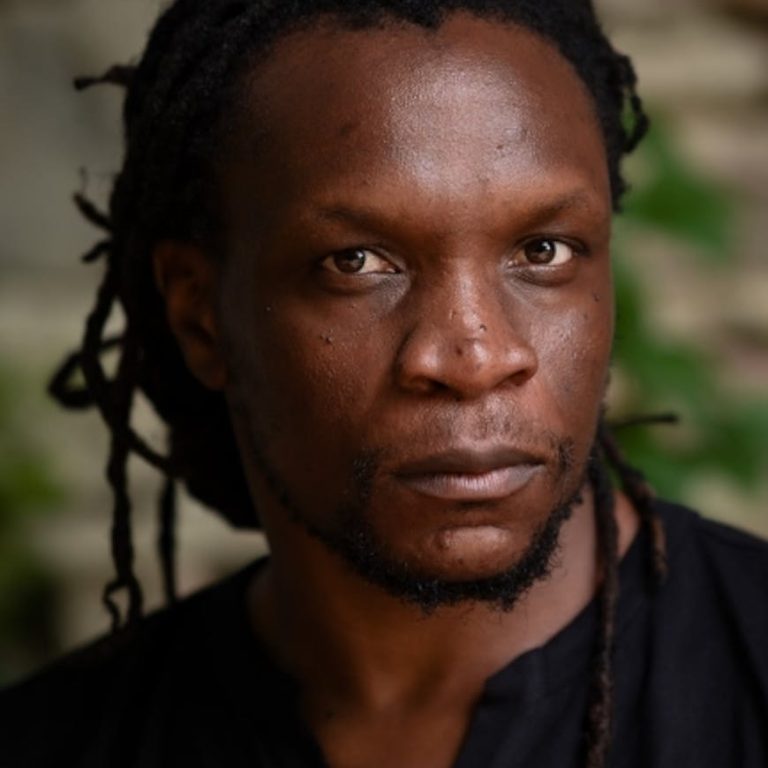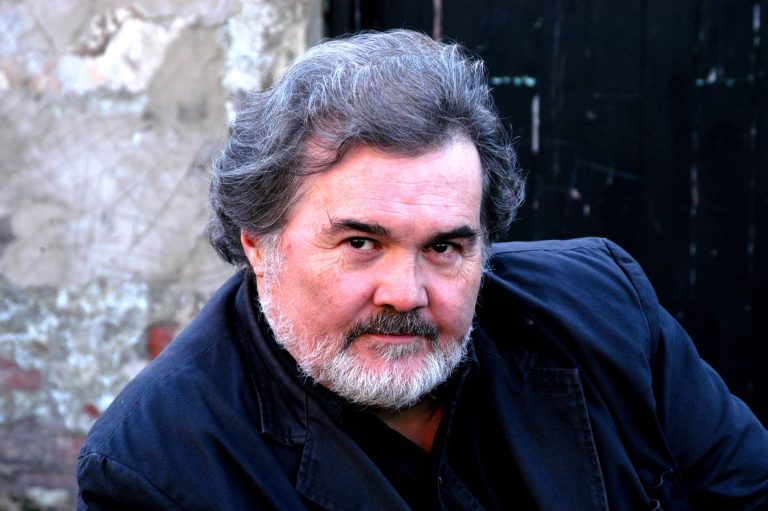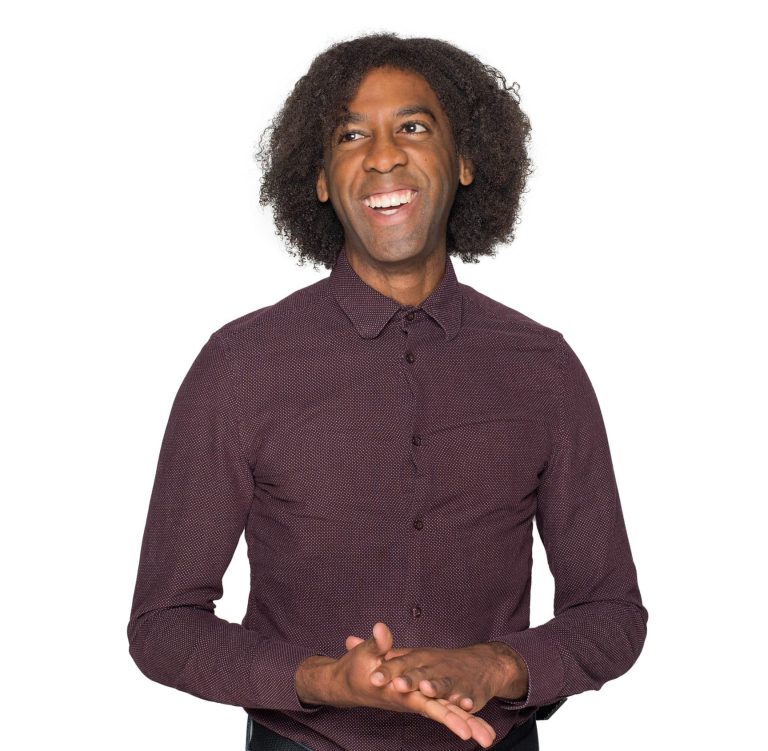On this searing date, let’s look again at how Fanny Howe uniquely chose to recognize it.
Is it virtually impossible to write about certain events that are too immense, too devastating, too charged on so many levels? To go into the specifics, one risks being maudlin, self-absorbed, short-sighted, too emotional. To try to broaden the…
On this searing date, let’s look again at how Fanny Howe uniquely chose to recognize it.
Is it virtually impossible to write about certain events that are too immense, too devastating, too charged on so many levels? To go into the specifics, one risks being maudlin, self-absorbed, short-sighted, too emotional. To try to broaden the discussion and perhaps recklessly try to scale something to the universal, one risks being too political, polarizing or simply missing the mark. Nowadays, is it also a fairly hopeless search to find an original angle, picture or perspective that hasn’t already been captured, replicated, retweeted and interpreted to oblivion when a significant (or even a not-so-significant) happening goes viral?
But if one feels compelled to comment, can a more oblique way of expressing it still bring something fresh, unique and resonant to the subject? Fanny Howe has done that in a poem that tackles the powerful and freighted subject of what happened on September 11, 2001. She uses as her title the abbreviation that is internationally and indelibly associated with the events of that day and all that followed, an abbreviation that has gathered its own connotations since that date.
She moves right away from the familiarity of that abbreviation to images that seem to have no or tenuous association with the title – or do they? The images are strong but puzzling at first, second, even third glance. What compellingly seems to gather these images together, though, are three people. Their presence in the poem is both enigmatic but oddly comforting. The powerful event of the title and the disquietingly disjointed images and references throughout the poem are somehow softened by the presence of the people. The first and third persons frame the poem from one end of the philosophical spectrum to the other, suggesting that the range of interpretation of an event like 9/11 is that vast. But at the heart of the poem, suggesting the heart of the event’s impact, is how it affects who and what we love.
See also this excerpt from “Hawk” by Kamau Brathwaite.



